
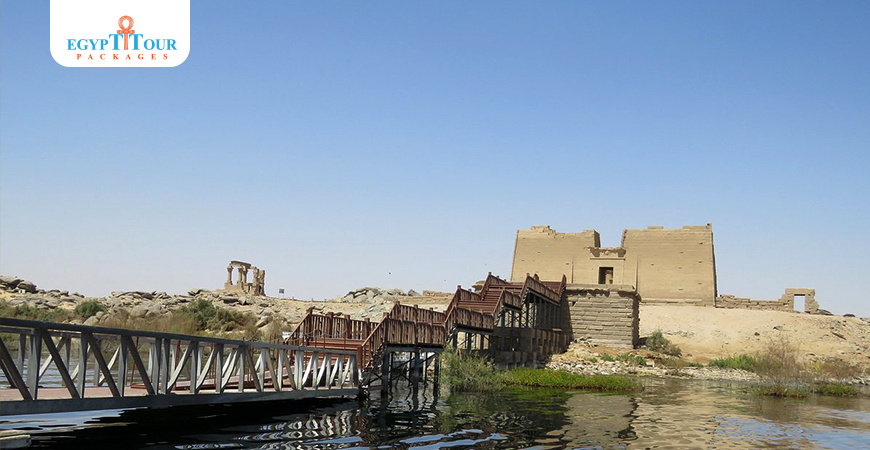
Kalabsha Temple
Kalabsha Temple was built during the reign of the Roman Emperor Augustus, and was dedicated to the worship of the god Mandolis, the Nubian god of the sun.
Kalabsha temple facts
Kalabsha village is considered an open museum and contains many antiquities from many historical eras. There are 4 temples in the city dating back to various eras: Kalabsha, Qartasi, and Jurf Hussein.Therefore, Kalabsha Island is considered a complex that contains a number of Egyptian civilizations. These archaeological areas were restored at a cost of 20 million Egyptian pounds, and this island is about 500 meters away from the High Dam.
- Meaning of Kalabsha:
In the ancient Egyptian language, the word Kalabsha means Talmis, while in the ancient Greek language it means Talmis.
- Stages of building the temple:
King Tuthmosis III built a small funerary temple.
King Amenhotep II completely completed the temple.
The unemployed kings were interested in building large columns and courtyards
Emperor Augustus completely rebuilt the temple in its current form.
The Roman Emperor Gaius made drawings and engravings on the lintel of the main gate entrance.
The city of Kalabsha has great historical and archaeological importance, as it includes many ancient Egyptian monuments, including the
Kalabsha Temple was built during the reign of the Roman Emperor Augustus, and was dedicated to the worship of the god Mandolis, the Nubian god of the sun. Kalabsha Temple
. The city also has great economic importance, as it depends on agriculture and tourism.
- Its historical importance:
The city of Kalabsha was founded in Roman times, and was known as "Kalabsha Velium". Kalabsha Temple was built during the reign of the Roman Emperor Augustus, and was dedicated to the worship of the god Mandolis, the Nubian god of the sun. Kalabsha Temple was built during this period, and it is one of the most important ancient Egyptian temples. In the Christian era, Kalabsha Temple was built during the reign of the Roman Emperor Augustus, and was dedicated to the worship of the god Mandolis, the Nubian god of the sun. Kalabsha Temple was transformed into a church, and it continued to be used as a place of worship until the Islamic era.
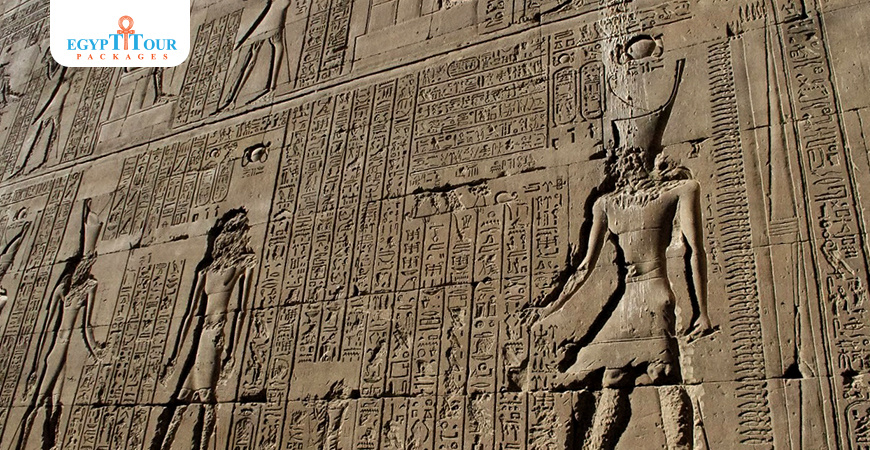
Who is the Nubian god Mandulis?
- The god Mendolis:
Kalabsha Temple was built during the reign of the Roman Emperor Augustus, and was dedicated to the worship of the god Mandolis, the Nubian god of the sun. Kalabsha Temple is considered one of the most important Egyptian temples from the Greek and Roman eras, and the largest temple of Nubia’s monuments after the Great Temple of Abu Simbel.The Kalabsha Temple was built during the reign of the Roman Emperor Augustus, and was dedicated to the worship of the god Mandolis, the Nubian god of the sun. Kalabsha Temple was built around the year 30 BC in the early Roman era by Caesar Augustus on the ruins of an ancient Egyptian temple dating back to the era of the New Egyptian Kingdom during the reign of King Tuthmosis III around (1479-1424 BC) and his son, King Amenhotep II around (1427). – 1401 BC). Kalabsha Temple was built during the reign of the Roman Emperor Augustus, and was dedicated to the worship of the god Mandolis, the Nubian god of the sun. Kalabsha Temple was built to worship the deity. “Mandulis” is the local Nubian deity of the Kalabsha region, the sun god in ancient Nubia, and the Nubian counterpart to the Egyptian deity “Horus” among the ancient Egyptians. “Mandulis” was also known as “Marul” or “Merwil.” The main center of the Mandolis cult was in the Kalabsha region, on the west bank of the Nile River in Nubia, which was located approximately 60 km south of Aswan.The Nubian deity, “Mandolis,” was depicted in the form of a bird with a human head, similar to the image of “Ba,” which represented the soul to the ancient Egyptians, which they depicted in the form of a falcon with a human head, and they believed in its ability to fly and its ability to leave the cemetery. “Mandulis” was also depicted on the walls of Kalabsha Temple was built during the reign of the Roman Emperor Augustus, and was dedicated to the worship of the god Mandolis, the Nubian god of the sun. Kalabsha Temple surrounded by lotus flowers, which symbolized the sun, creation, and rebirth to the ancient Egyptians, and also symbolized Upper Egypt (Upper Egypt). The Kalabsha Temple was built during the reign of the Roman Emperor Augustus, and was dedicated to the worship of the god Mandolis, the Nubian god of the sun. Kalabsha Temple was saved from drowning under the waters of Lake Nasser between the years 1961 - 1963, when it was moved from its original location, which was located about 50 km south of the city of Aswan, by the German mission, and it was rebuilt on Kalabsha Island, south of the High Dam, and to the west of Lake Nasser, which includes 4 archaeological temples dating back to different historical eras: the Kalabsha Temple was built during the reign of the Roman Emperor Augustus, and was dedicated to the worship of the god Mandolis, the Nubian god of the sun. Kalabsha Temple , the Governor’s House Temple, the Qartasi Temple, and the Jurf Hussein Temple, in addition to some rock inscriptions and paintings that were found in Nubia. “Mandolis” is referred to in the texts recorded on the walls of the temple as “Lord of Talmis,” in reference to the Roman city of “Talmis,” currently known as Kalabsha, which was considered a major center for his worship. “Mandaulis” was also worshiped in Egypt on the island of Philae.

What is the Ptolemaic Temple of Kalabsha?
- Introduction
Kalabsha Temple was built during the reign of the Roman Emperor Augustus, and was dedicated to the worship of the god Mandolis, the Nubian god of the sun. Kalabsha Temple
, which is located south of Aswan Governorate, is considered one of the most important archaeological shrines that was built in the Roman era. What is surprising is that the sun is perpendicular to the Holy of Holies Chamber of the god Mandolis twice during the year, similar to the Temple of Abu Simbel. It was built during the reign of Emperor Augustus, to worship the god Mandulis, the Nubian god of the sun.According to research approved by the Ministry of Antiquities, it was revealed that the phenomenon of perpendicularity occurred on the Holy of Holies chamber in the temple twice, on the 14th of February and the 29th of October. The walls of the temple contain inscriptions of the goddess Mandolis and other inscriptions related to Isis, Aziris, Ptah, and Horus, and Christian inscriptions after it was transformed into a church.The temple, which is considered the most important temple in Nubia, contains an important inscription prohibiting the raising of pigs in the temple precincts. It also contains a historical inscription explaining the victories of the Nubian King Silku. It is considered the second largest of the Nubian temples after the Temple of Abu Simbel, and one of the most important temples with a unique Nubian architectural style.
Kalabsha Temple was built during the reign of the Roman Emperor Augustus, and was dedicated to the worship of the god Mandolis, the Nubian god of the sun. Kalabsha Temple
was moved after the construction of the High Dam, and the moving process continued for two years with the support of the German government. The temple was converted into a church during the Coptic era, and the Coptic inscriptions on its walls are the best evidence of this.
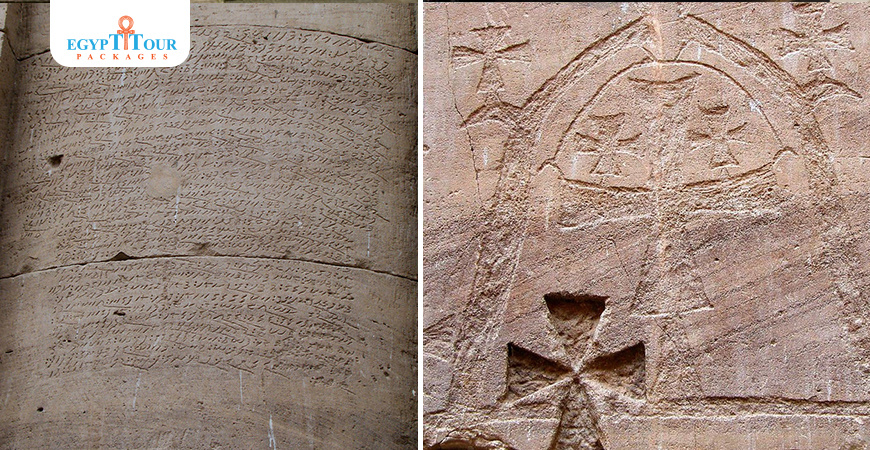
Kalabsha temple of the Nubians
- Temple transfer:
After the construction of the High Dam, the temple was destined to sink completely and forever, so the Egyptian Antiquities Registration Center, in cooperation with the German mission, took the necessary steps to save the temple. The German mission decided to dismantle the stones of the temple, in addition to choosing a new location to be safe from the high water level after the construction of the dam.

Kalabsha temple(Temple layout)
- Temple layout:
The construction of the temple began during the reign of Emperor Augustus in the year (30 BC to 14 AD), and the temple is similar in layout to that of Egyptian temples in the era of the New Kingdom. The facade of the temple consists of a edifice with an entrance in the middle that leads to a front courtyard, and the courtyard leads to a hall. The pillars (columns) and to the back of this hall we find two vestibules leading to the Holy of Holies. The temple is surrounded by a corridor, the southern part of which includes a circular well with a staircase leading to a hall.As for the Mamizi, which was dedicated to the worship of the goddess Isis, it is located to the southwest of the temple. There is also a shrine built during the reign of King Ptolemy IX and it is located to the north of the temple. The temple includes views of various Nubian deities, such as (Mandolis, the main deity of the temple, Isis, Osiris, Amun, Shu, Horus, Khnum, and Ptah). It also includes Demotic, Coptic, and Greek inscriptions, in addition to a group of Christian inscriptions, and all of these inscriptions refer to the different beliefs that succeeded this temple. A visitor to the Kalabsha Temple was built during the reign of the Roman Emperor Augustus, and was dedicated to the worship of the god Mandolis, the Nubian god of the sun. Kalabsha Temple cannot leave without seeing two important historical texts inscribed in Greek. The first is dated to the year 249 AD and is inscribed on the facade of the Legends Hall. It relates to the Roman governor’s decision to ban the raising of pigs within the temple’s precincts. The second records the victory of the Nubian king Silku over the Blemez tribe in the sixth century AD.As much as the visitor admires the greatness of the ancient Egyptians who built such a temple, he will undoubtedly express great admiration for the ability of man in the modern era, which enabled him to rebuild this huge temple with the least possible damage.

Kalabsha temple
On the southern side of the temple corridor is the A nilometer was a structure for measuring the Nile River's clarity and water level during the annual flood season. Nilometer , which is a circular well with stairs leading to the bottom of the well. This gauge was used to measure the Nile flood in order to know the value of the assessed taxes. Next to the temple there is also the Ptolemaic shrine, which dates back to the era of King Ptolemy IX, and it is known as the A nilometer was a structure for measuring the Nile River's clarity and water level during the annual flood season. Nilometer . There are no decorations on the walls of the outer chapel, while the inner walls include scenes depicting King Ptolemy IX offering sacrifices to the Elephantine trinity of Khnum, Satet, and Anqet, and also offering offerings to the gods Mendoulis, Wagit, Osiris, Isis, and Horus,There is also an open museum on the southern side of the Kalabsha Temple was built during the reign of the Roman Emperor Augustus, and was dedicated to the worship of the god Mandolis, the Nubian god of the sun. Kalabsha Temple . The stela of King Seti I which was found in Ibrim was broken into four parts, and the stela of King Psamtik II, which was cut from granite. It records the Nubia campaign undertaken by King Psamtik II in the year 593. BC, and the rock inscriptions found in the village of Thomas, dating between 5000 and 3000 BC, include animals such as elephants and deer.
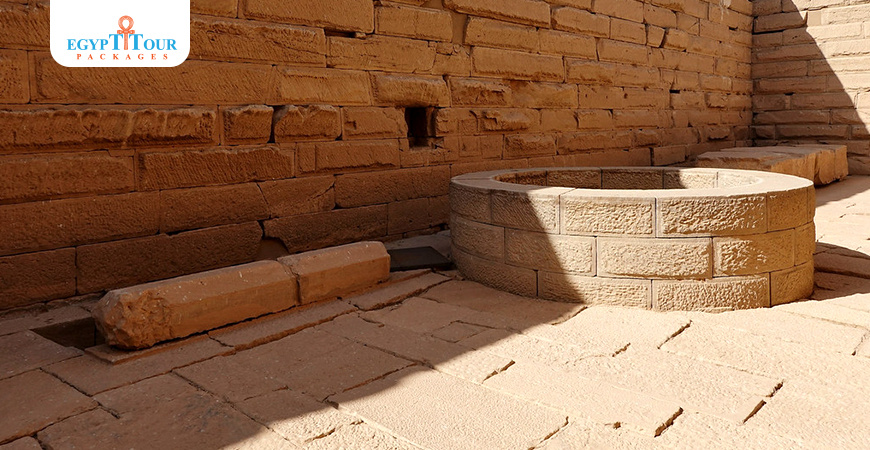
Kalabsha temple facts(Holy of Holies)
- Holy of Holies:
The perpendicularity of the sun at Kalabsha Temple was built during the reign of the Roman Emperor Augustus, and was dedicated to the worship of the god Mandolis, the Nubian god of the sun. Kalabsha Temple is an astronomical phenomenon that occurs twice a year, on February 14 and October 29. On these days, the sun shines through a hole in the ceiling in the Holy of Holies, illuminating the statue of the god Mandolis. It is believed that this phenomenon had great religious importance to the ancient Egyptians, as it symbolized the rebirth of the god Mandolis. Kalabsha Temple was built during the reign of the Roman Emperor Augustus, and was dedicated to the worship of the god Mandolis, the Nubian god of the sun. Kalabsha Temple was built during the reign of the Roman Emperor Augustus, and was dedicated to the worship of the god Mandulis, the Nubian god of the sun. The temple was designed in such a way that the sun would be perpendicular to the Holy of Holies on February 14 and October 29. In 1964, Kalabsha Temple was built during the reign of the Roman Emperor Augustus, and was dedicated to the worship of the god Mandolis, the Nubian god of the sun. Kalabsha Temple was moved to its current location on the banks of Lake Nasser, after the construction of the High Dam. The phenomenon of perpendicular sun was preserved in the new temple, as an opening was created in the roof in the same location as the original opening.
The importance of the sun perpendicular phenomenon in Kalabsha Temple was built during the reign of the Roman Emperor Augustus, and was dedicated to the worship of the god Mandolis, the Nubian god of the sun. Kalabsha Temple :
Religious importance: It is believed that this phenomenon had great religious importance to the ancient Egyptians, as it symbolized the rebirth of the god Mandolis.
Scientific importance: This phenomenon is evidence of the ingenuity of ancient Egyptian temple engineers in the field of engineering and astronomy.
Tourist importance: This phenomenon attracts many tourists from all over the world.
The phenomenon of the sun perpendicular in
Kalabsha Temple was built during the reign of the Roman Emperor Augustus, and was dedicated to the worship of the god Mandolis, the Nubian god of the sun. Kalabsha Temple
is a unique phenomenon that reflects the greatness of ancient Egyptian civilization.

Post A Comment
Your Email Address Will Not Be Published.



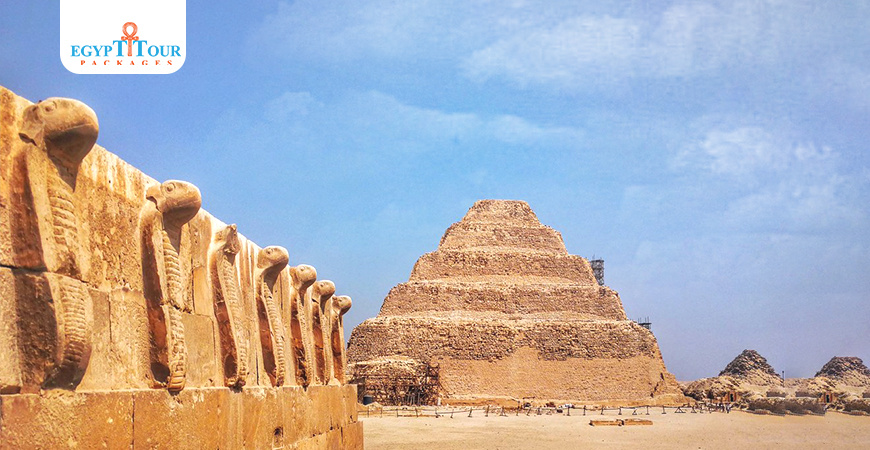







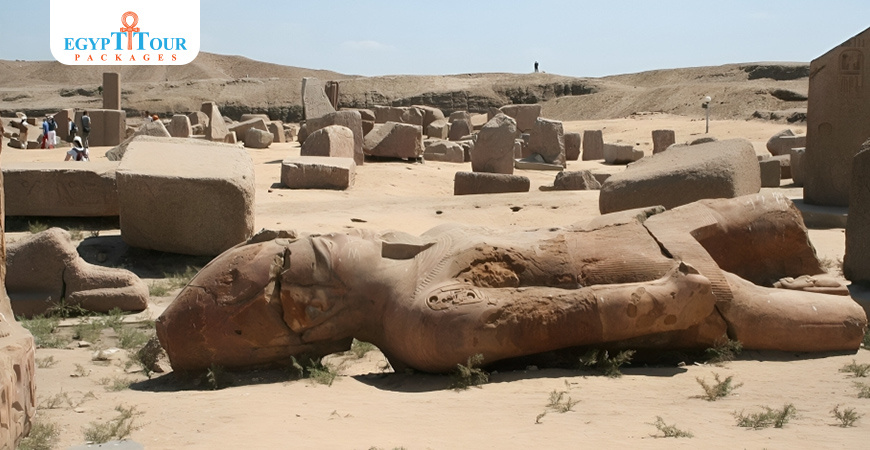


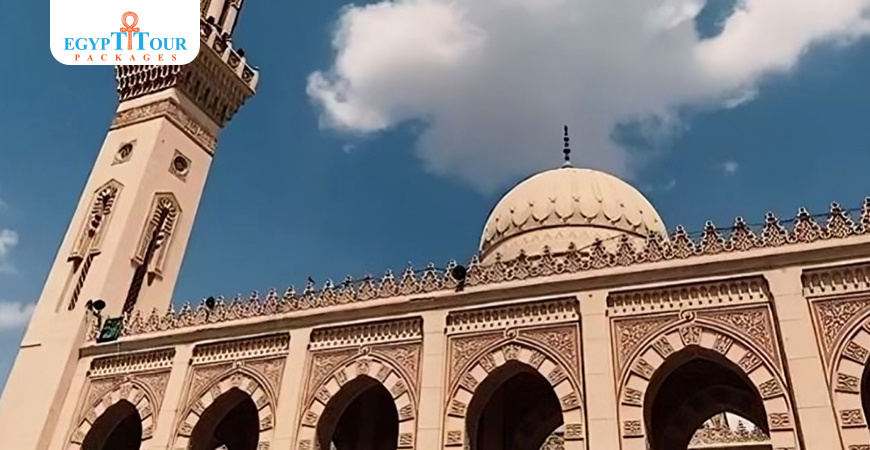


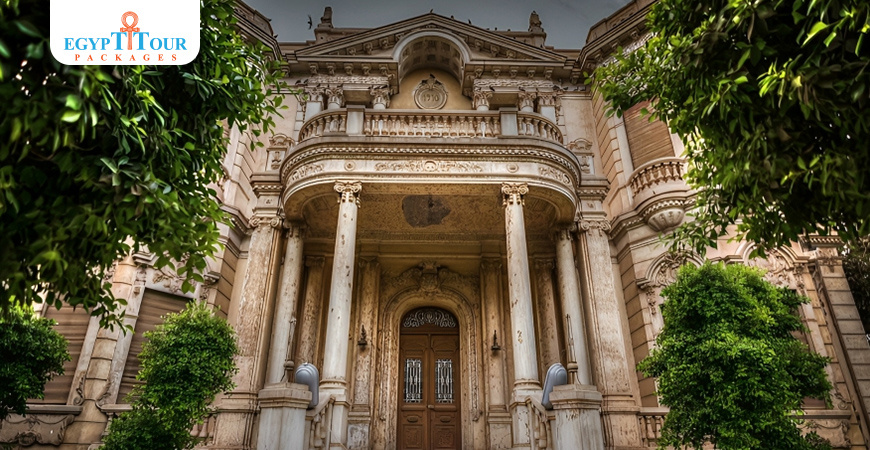
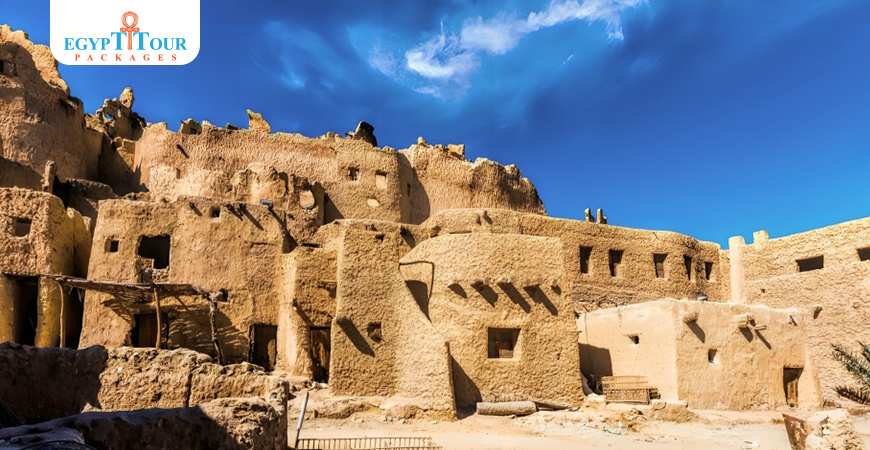
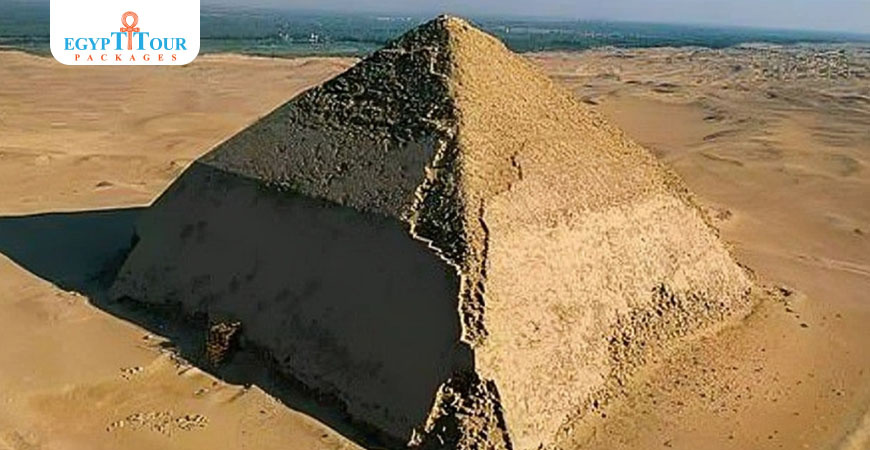
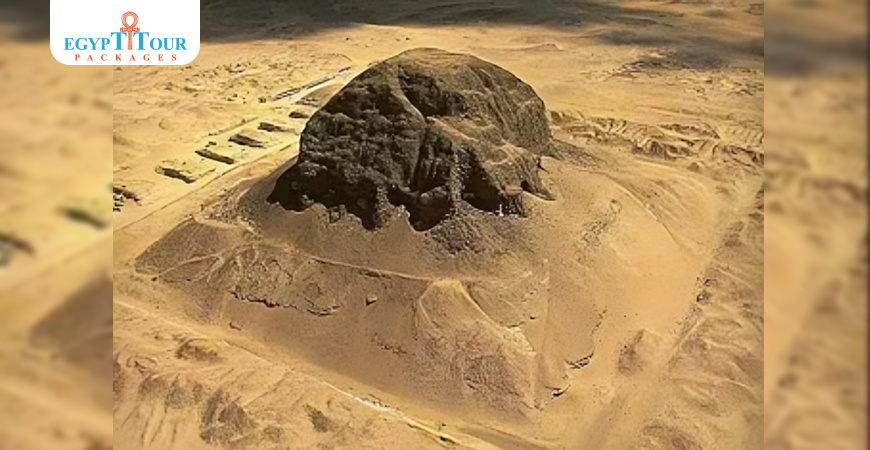
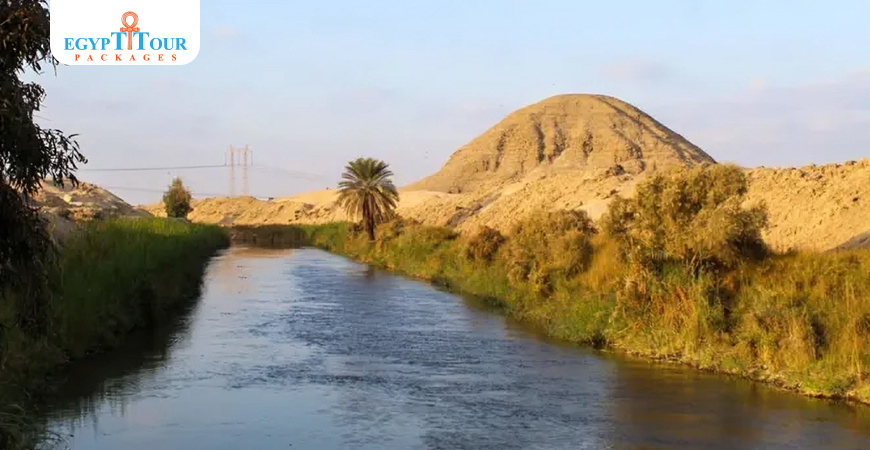
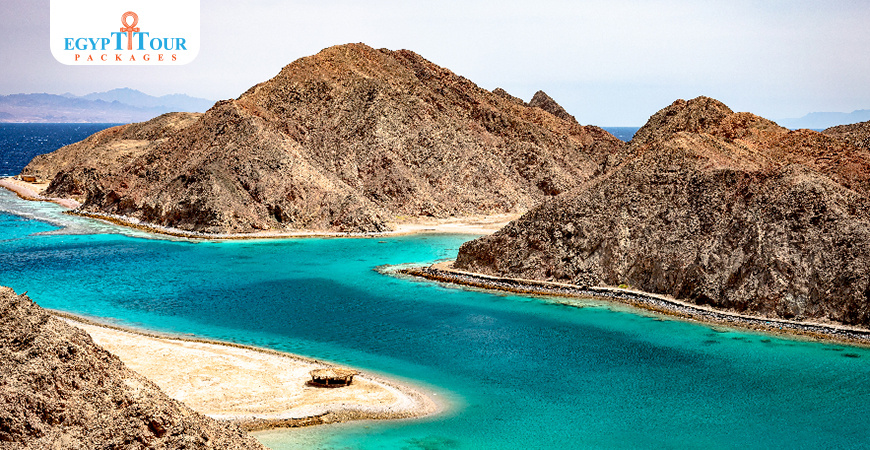

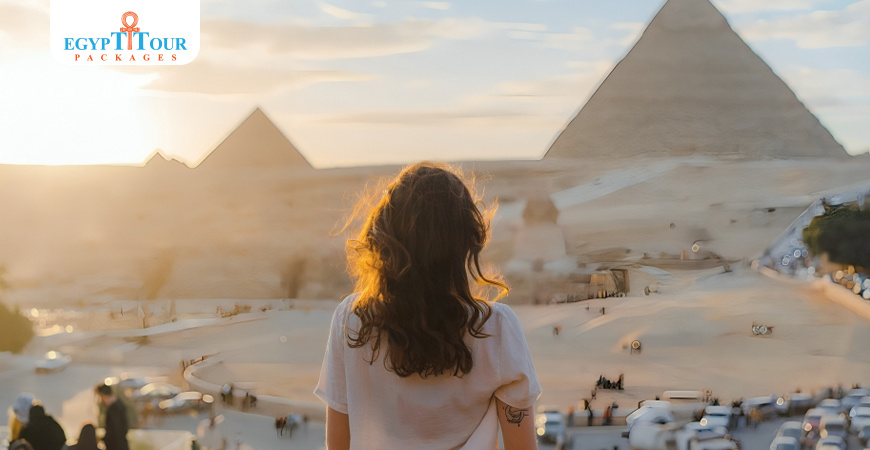
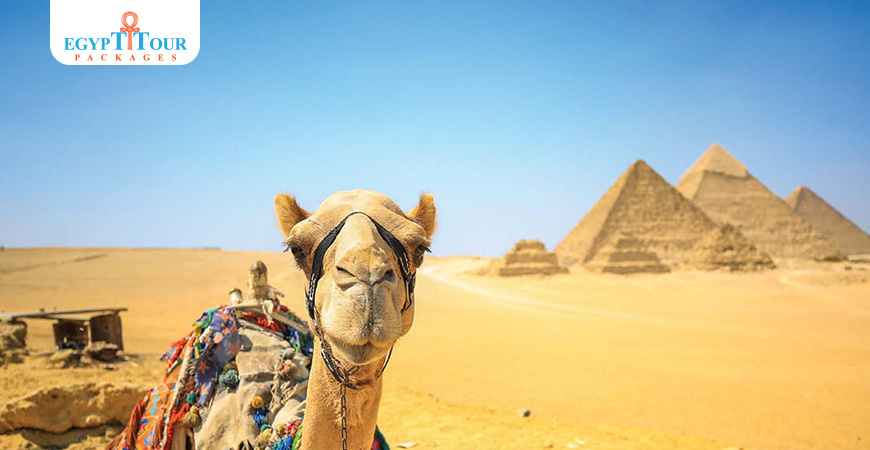











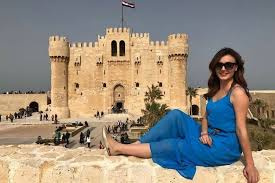

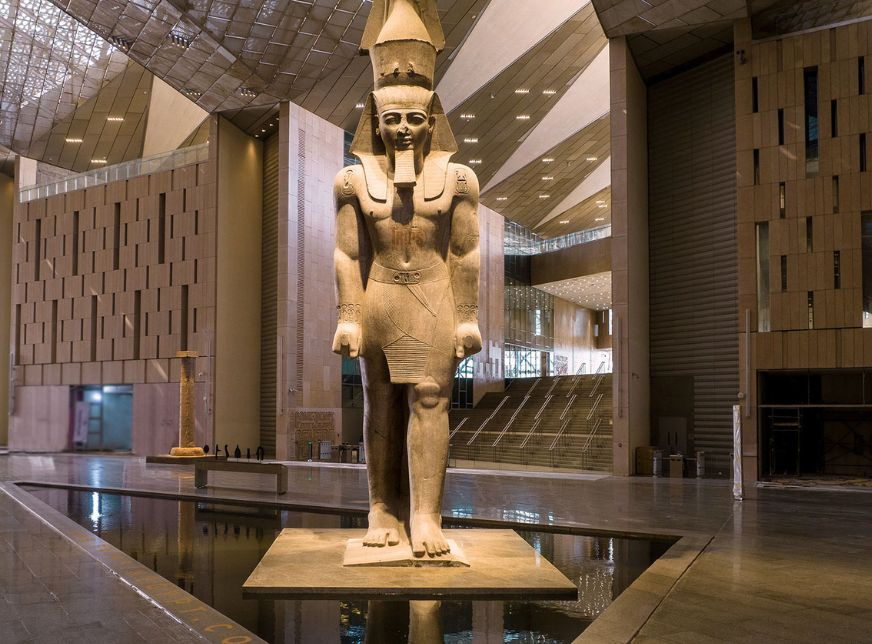


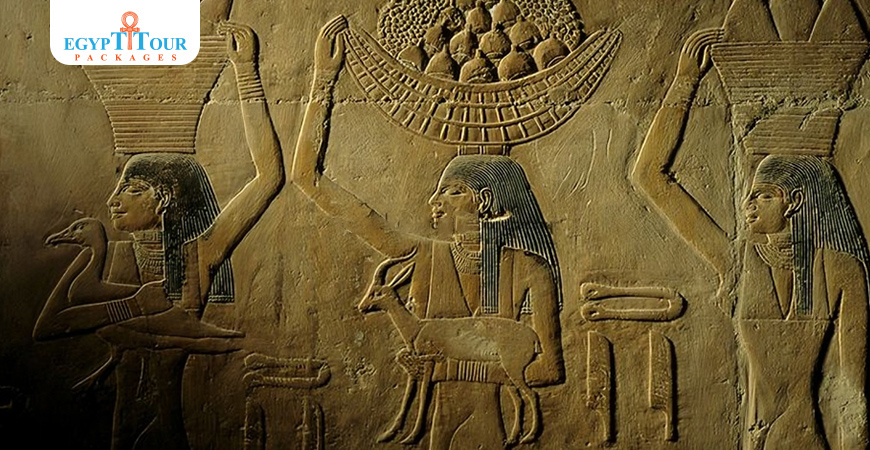



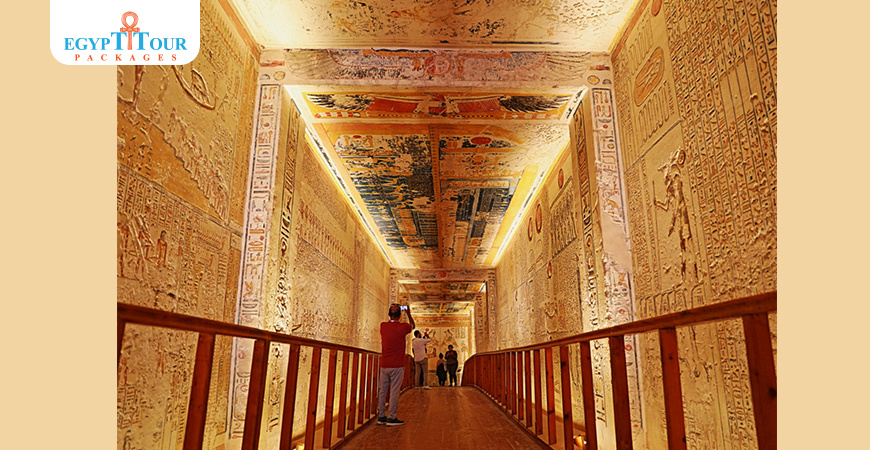

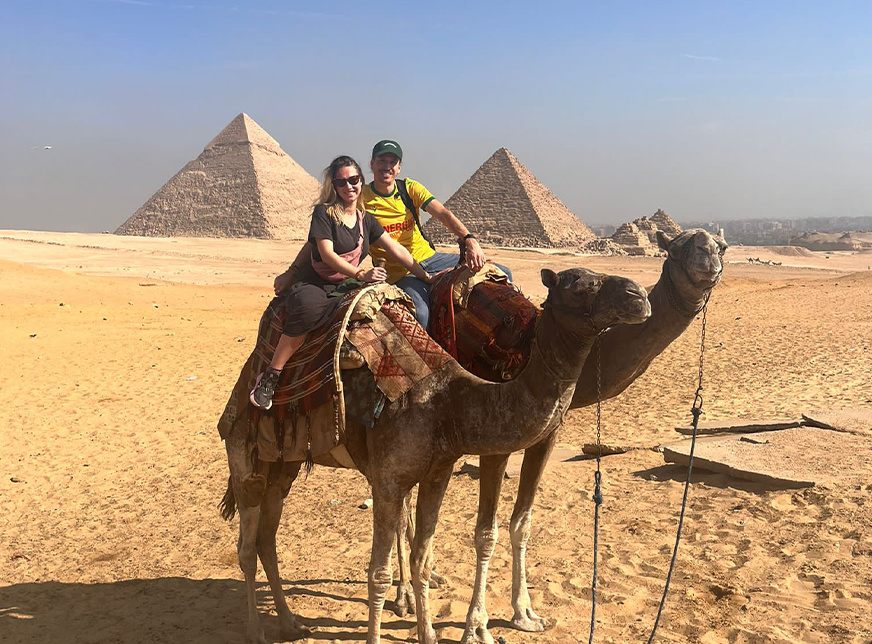

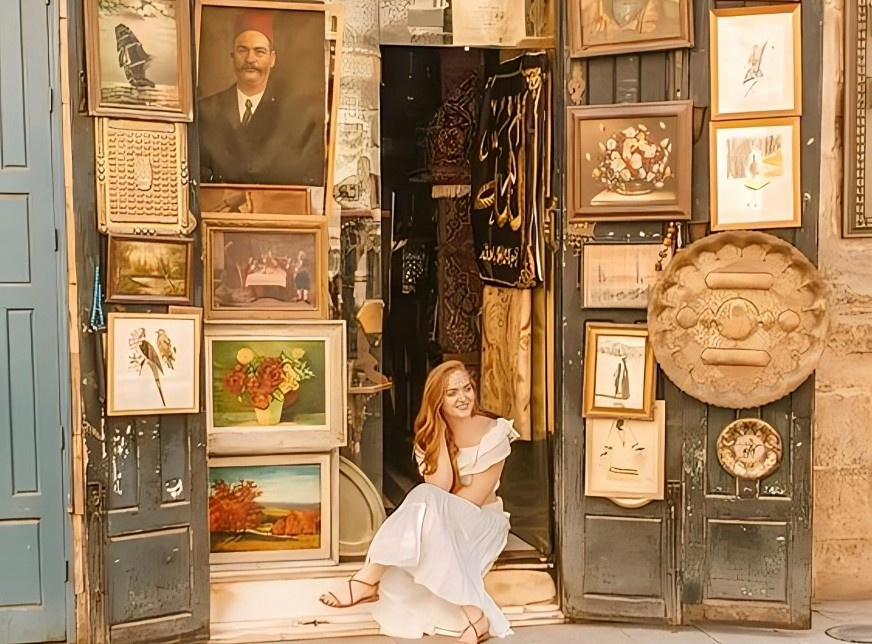
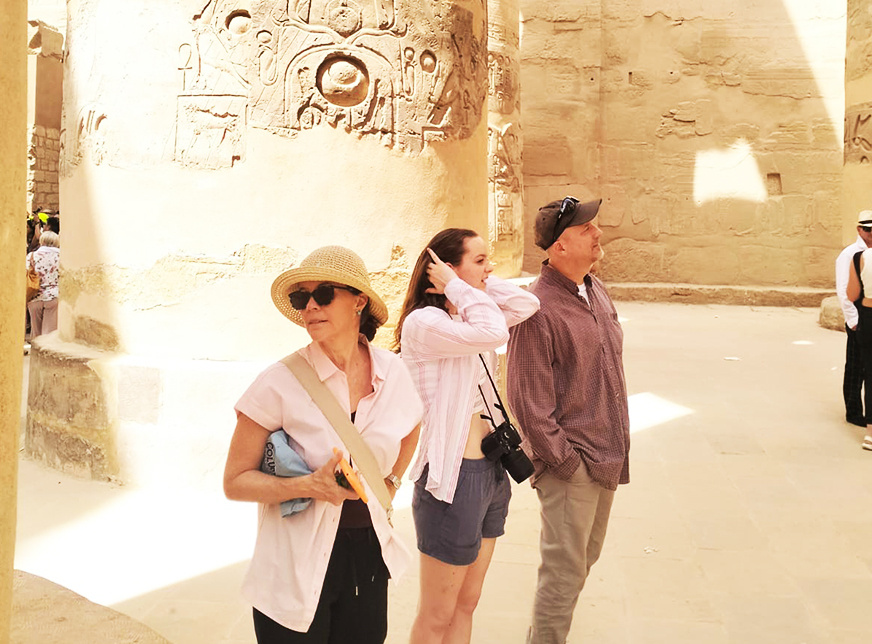
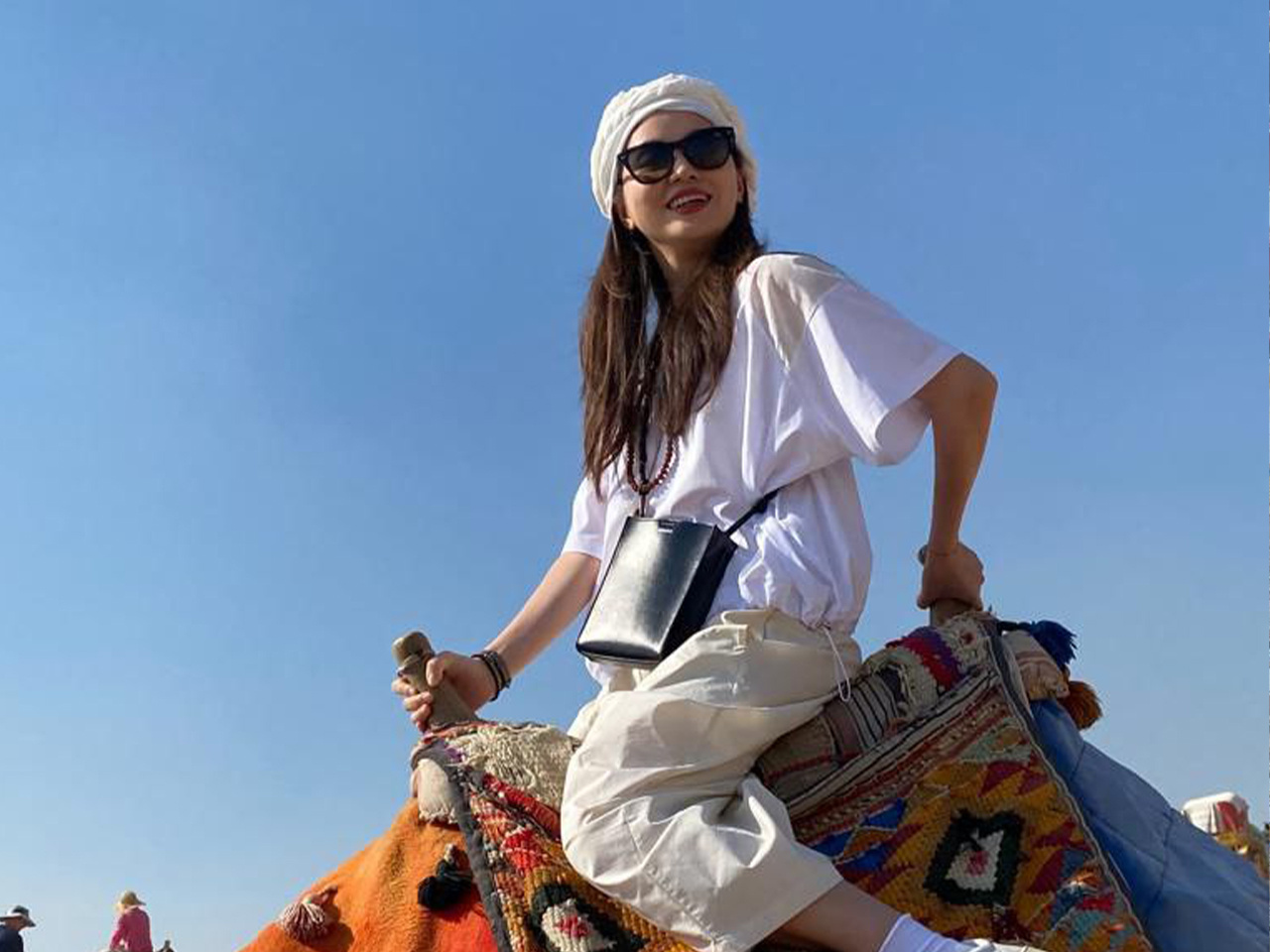
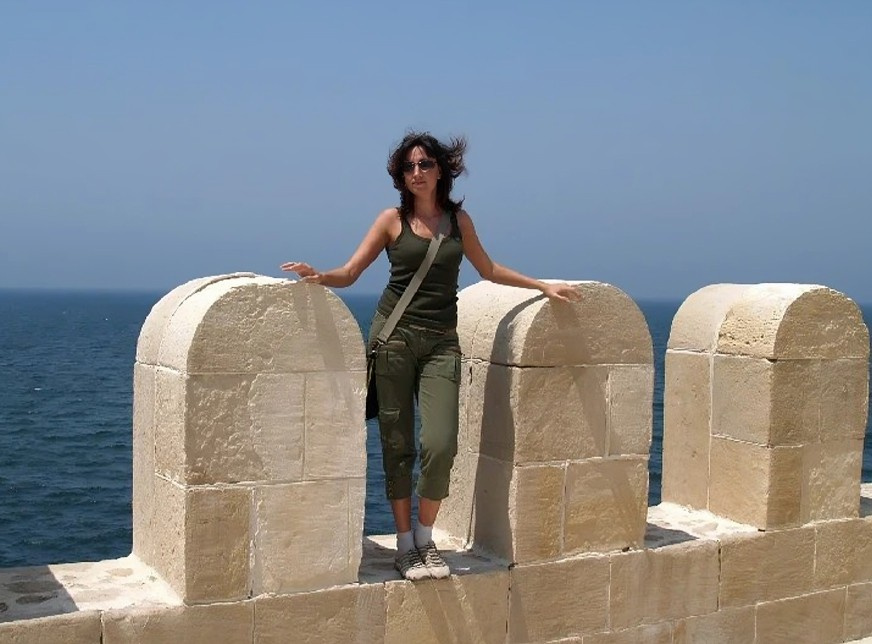


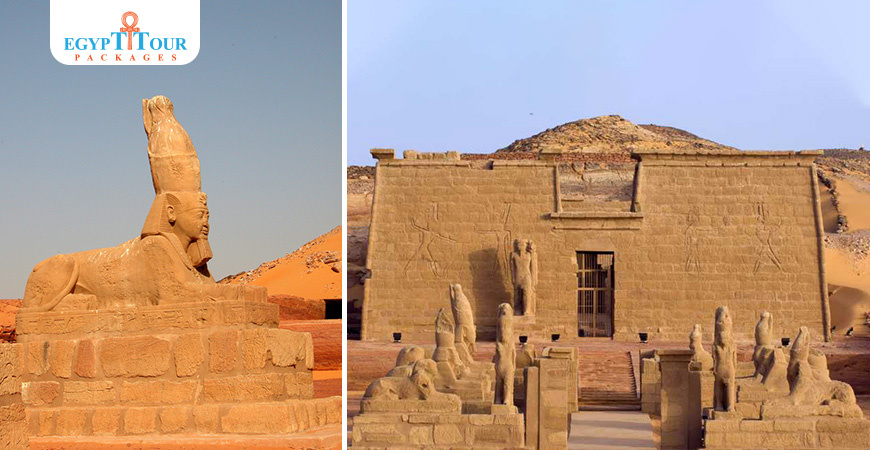
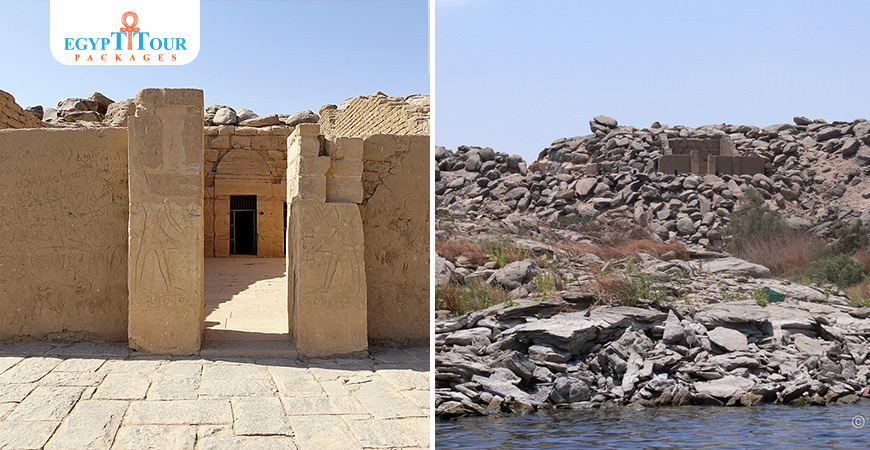
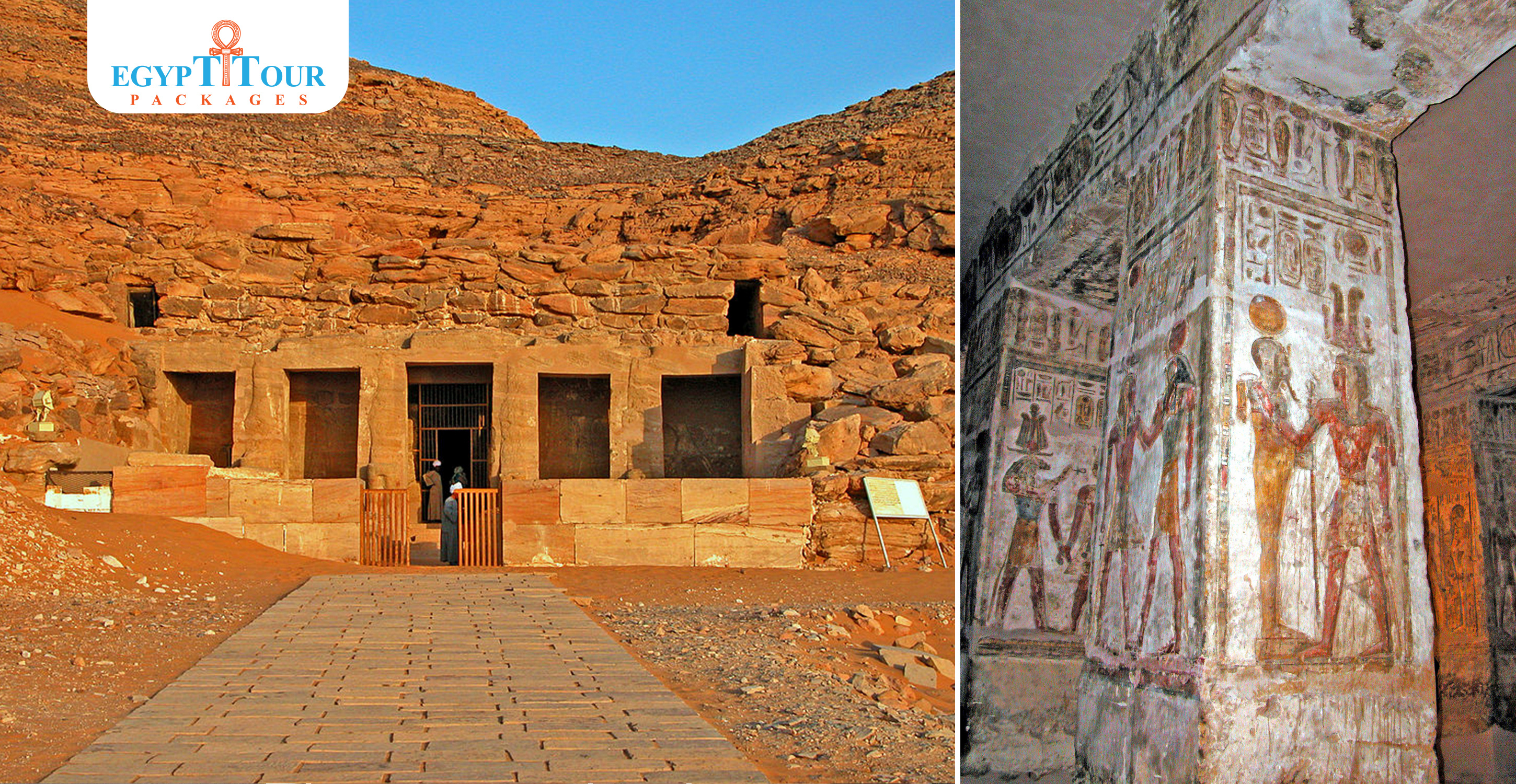
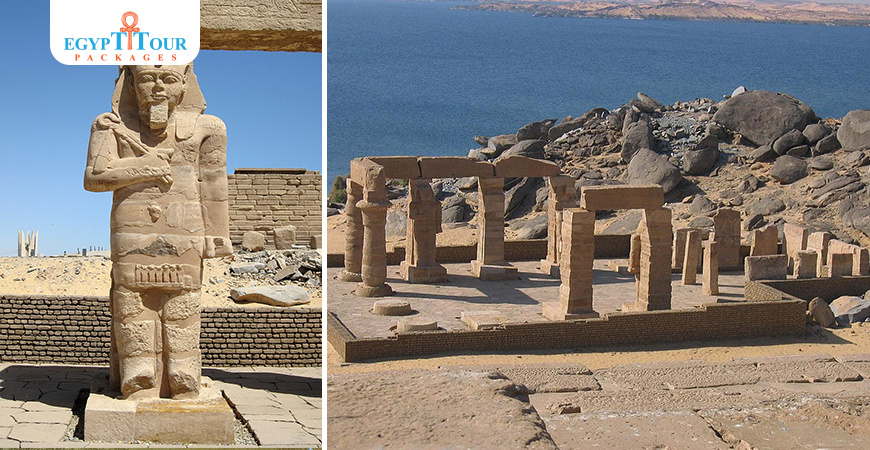
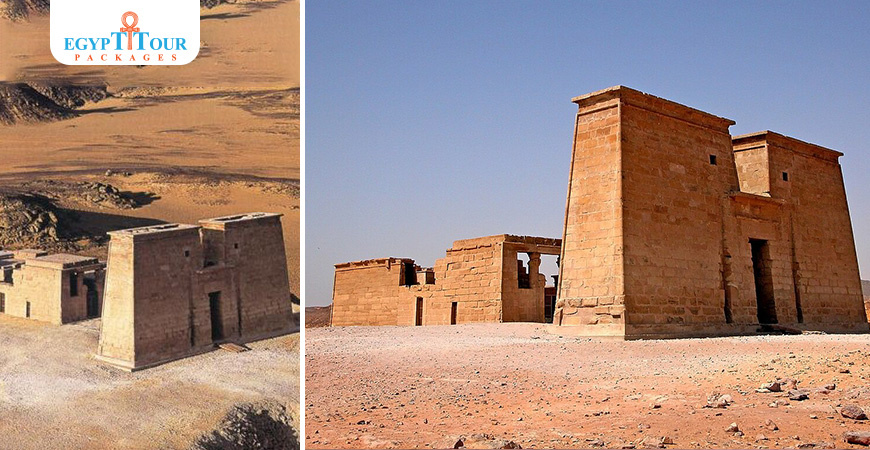


0 Comments